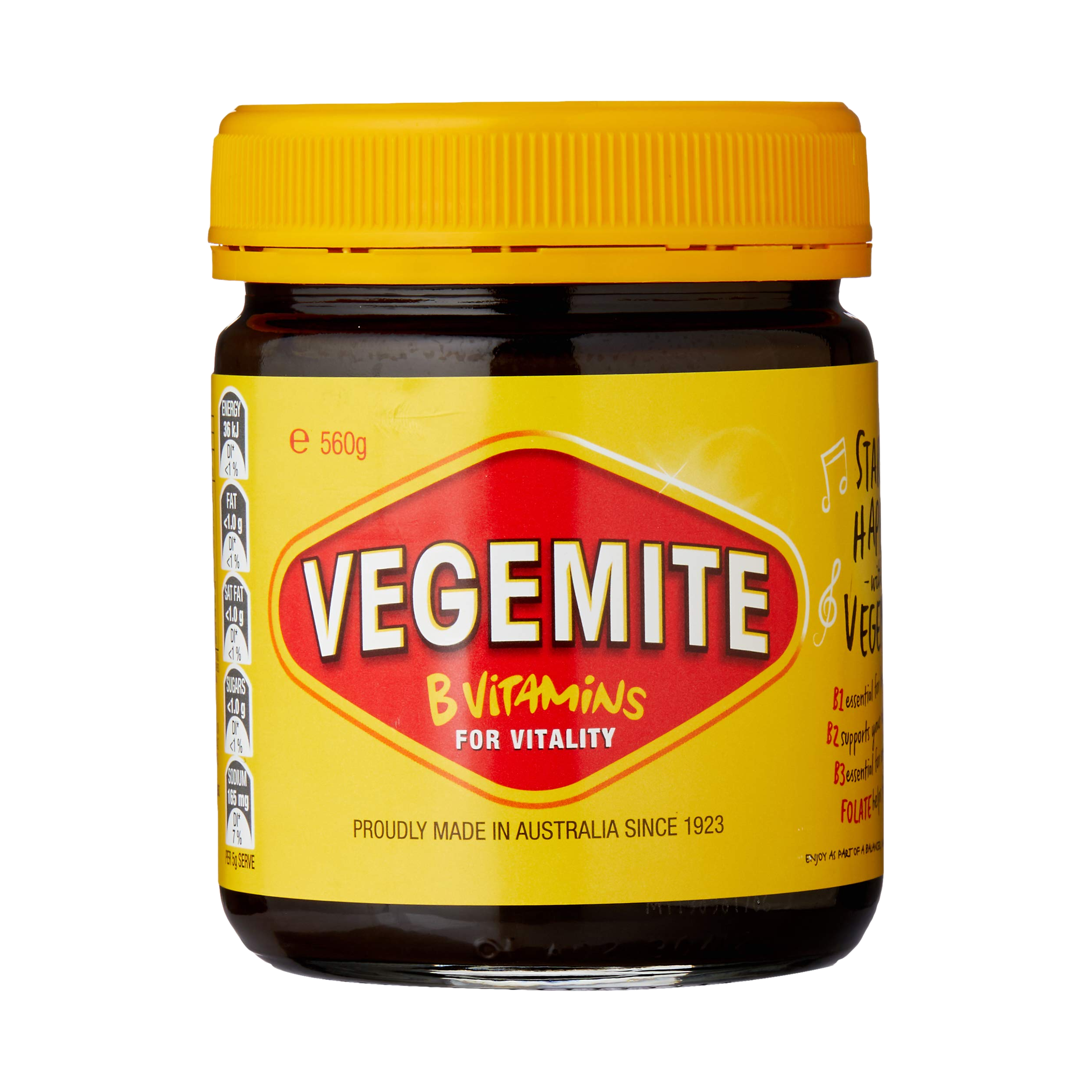Nice! Looks like a pea seedling
- 90 Posts
- 66 Comments

 1·9 days ago
1·9 days agoNice one!
Don’t worry too much about the seeds. Just try again with some fresh ones. Maybe check if you have a local seed library.
 2·9 days ago
2·9 days agoI managed to find some Calvin Klein jeans for $20. They’re a little bit too swish for my area though… I might save them for special occasions. They also need to be shortened so good luck with getting around to that.
I need to find somewhere to put my detergent so it doesn’t tip over and leak, wasting laundry sauce.
I also have some more patching to do.
 3·9 days ago
3·9 days agoIf you’re not picky Coles has own brand (Coles Ultra) tablets at a unit cost of .15 or the 1kg powder version is .39 per 100g.
Aldi theoretically has a few options for Logix brand in stock (.37/100g, .14, .25) but you’d probably have to try and check the stock for your store or give them a ring. They don’t always have everything. Plus the website really isn’t as good as 15 years ago when you could make a shopping list.

 4·9 days ago
4·9 days agoI’m not able to get up to much at the moment but thought to do something to support the pollinators. I used the old soil filled pots to sow nasturtiums, California poppies, and alyssum. Small sprouts are starting to come up.
Oh yeah, be very careful with anything beside paths etc even if it’s something recognisable like blackberries. Dog pee and insecticide
Edit: And DON’T EAT THE MUSHROOMS! 😜
There’s usually info on what conditions each plant likes if that helps
ie. a lot of guides tell you about how much sun they like, whether something needs a lot of food and water, whether it hates being soggy, how well it copes with cold, what does well in sandy soil or what have you.
And there are ways to tell what kind of soil you have.
Sometimes bushes or trees can be planted as a windbreak, or temporary mesh structures. https://www.abc.net.au/gardening/how-to/wind-breaks/105495248
Looks good!
I’m not an expert but I did try this on a tiny scale with pots and a tiny patch of soil. It was a learning curve…
I had a hell of a time with pests when doing things without pesticides so you might want to add some decoy plants for them to attack instead, plants that will repel, and ones to attract beneficial insects. There are guides on this.
You might want to look at crop rotation if doing this long term because planning plantings in a certain order can reduce the need for adding fertiliser. ie. Legumes like beans or peas first enrich the soil with nitrogen, then plant stuff in decreasing order of heavy feeding needs as that gets depleted, re-nitrogen that spot by planting legumes again.
Companion planting guides can probably help too as planting similar types together can ‘concentrate’ a particular pest or disease in that area and make it worse for all of them.
I also used manual pest management methods like spraying soapy water and then when that didn’t do enough ended up straight up picking and wiping off pests such as thrips by hand. The Eco “pest spray” from Bunnings that was safe for bees didn’t really do a lot tbh. There’s neem oil but I saw something about it not being good to use on edible fruit and veg (?) so you might want to read up if you go that way.
For snails going after young seedlings I tended to bring pots inside at night or cover pots with overturned plastic tubs. The tubs may still work for a few individual seedlings in-ground but it may not be practical for larger areas with many plants.
For plants that weren’t covered I made it a nightly habit to pop out in the evening/night when the snails like to feed and do a quick check over with a torch.
There are things like crushed eggshells and coffee grounds to discourage slugs and snails from plants, saucers of beer, a lot of things for snails if you don’t have time for picking them off. Seeing as I didn’t have a big area or huge number of veg I found it most efficient to just step out and yeet them by hand.
I think I saw a Harlequin bug once. I don’t know much about them or if they’re safe to touch or crush but you can knock them into soapy water to drown. Try a jar of soapy water and scrape in with the lip or knock them into a bucket. https://www.diggers.com.au/blogs/learn/harlequin-bugs
Also I see cabbage - strongly consider placing decoy decorations like fake white butterflies as that might discourage cabbage moths. There are guides to cutting out butterfly shapes from white plastic (from milk or margarine containers) drawing on black markings with a permanent texta like a Sharpie, and gluing or pinning the fakes to sticks to poke in the ground.
I tried the yellow sticky trap sheets that are supposed to trap and kill pests, cheap on eBay, however I found that they trap and kill beneficial insects as well. Big thumbs down from me and I stopped using them. They were killing my pest-eaters and my pollinators.
Consider your choice of varieties too, heirloom varieties can be more vulnerable to disease and need more careful attention.
For example I found cucurbits can be really susceptible to powdery mildew. I used the Eco fungicide from Bunnings in large amounts, and later found out you can get the active chemical cheaper in bulk and mix it into water. I’ll get back to you on what it is in a bit if you’re interested, it’s a food safe supplement that alters ph to discourage fungus. Forgot the name.
Definitely consider training pumpkins and zucchini upwards if possible to keep them off the ground to reduce fungal infections, or buy bush cultivars.
Not foolproof though as my heirloom bush variety zucchini did get a little mildew and require spraying. The Jack Be Little pumpkin I staked up still suffered terribly from mildew. The Golden Nugget pumpkins (I think that’s the variety?) were bush types and a bit more resilient against mildew but got eaten by something, probably rats. My snow peas also straight up got munched.
So yeah. It might be smart to protect your plants physically from being eaten. You can do this while they’re seedlings with cloches cut from soft drink bottles but they quickly outgrow that.
Netting is good as things get bigger, you can drape it over star posts driven into the corners and fix it at the bottom with U shaped metal pins but do make sure to use the kind of netting that wildlife can’t get caught in, there are laws about that now. The upside is the holes are smaller. Chicken wire might prevent chewing through but with holes over a certain size rats and mice can get in. I didn’t have a big enough space to implement but there will be guides.
You can also build cold frame boxes from wood and plastic but that’s getting a bit elaborate.
Edit: Oh yes, and you can buy beneficial bugs online that will eat the pests! Just know that you can release them and they might just eat up once and then bugger off. This is especially true if you order the adults.
It might be better for long term to plant the attractants in order to create a bit of an ecosystem that encourages them to come and stick around.
But if you’ve got a heavy infestation and need help fast don’t worry, you can just order the bugs as eggs or even as adults and hit it hard.

 2·1 month ago
2·1 month agoI’m not sure. The ones I planted got their water siphoned by trees and trampled/whippersnippered so I never found out.
These ones would go in pots though

 2·1 month ago
2·1 month agoNot absolutely heaps. I have some rosemary but don’t really use a lot of cooking herbs (as great as they are)

 3·1 month ago
3·1 month agoI’ll be honest, my energy hasn’t been plentiful so I haven’t started the compost bin and haven’t been maintaining anything except for my cat’s grass pots.
I could definitely sow some annuals or biannuals indoors now and move them to the big outdoor pots (California poppies and paper daisies), but I’m having doubts about committing to the perennial kangaroo paws.
 1·1 month ago
1·1 month agoI needed a new hairdryer for the winters and managed to find a good brand (Remington) discounted to $16 at Big W. Unfortunately I hesitated and that sale ended, but I found the same model for around $20 on eBay. So I paid a similar amount to an Anko hairdryer and got free postage. Fingers crossed it works alright.
Definitely watch the big box clearance racks though.
My shower head is also leaking so I got a new one from eBay for a similar amount - it’s advertised as water saving (unfortunately no star rating) and I bought only the shower head to replace the one part. Also free postage.
I went to Officeworks and got a $4 charger cable for an old Android phone so I can install whichever current alternative app to watch videos and block ads.
I painted a picture using a heavily discounted kit of student paints and canvas I got from Officeworks, plus some medium and a few extra brushes from Kmart. (Picked up a while back.) You don’t need professional grade materials particularly while you’re learning.
I’ve been too busy for much sewing but I picked a half done project back up - finished the first patch on a favourite comforter and will try to slowly patch the other rips. (A comforter is like a combination of doona and quilt that doesn’t need a separate cover. I bought it secondhand about 15 years ago and haven’t been able to find another one like it.)
I also buy laundry detergent at Aldi, it’s pretty decent. Using half the amount of any laundry detergent both saves on soap and makes it easier to rinse your clothes clean.
You can use puff pastry and make a dairy free custard really easily on the stove for the filling https://godairyfree.org/recipes/easy-dairy-free-custard-no-tempering
Having some Vegemite crackers (technically Marmite for the added B12)
Soy milk is fortified so could be a good substitute
With marg on crackers or toast
But there is Vegemite pasta https://www.notquitenigella.com/2011/03/15/meeting-nigella-lawson-vegemite-spaghetti/
You can also stir plain flour or cornflour into pan drippings then chuck in Vegemite and water to make gravy

 2·2 months ago
2·2 months agoJust the dancing with no talking https://m.youtube.com/watch?v=YLM2KEBre3M
Someone needs to edit this to punk or metal music
 3·2 months ago
3·2 months agoSeems like something that could be handled by Dragon Dictate





Rice and tuna with mix ins. It looks like a deconstructed sushi bowl but you could probably substitute a can of chicken, beans, or chickpeas if you don’t like tuna.
https://m.youtube.com/shorts/xnix4P0I6LY